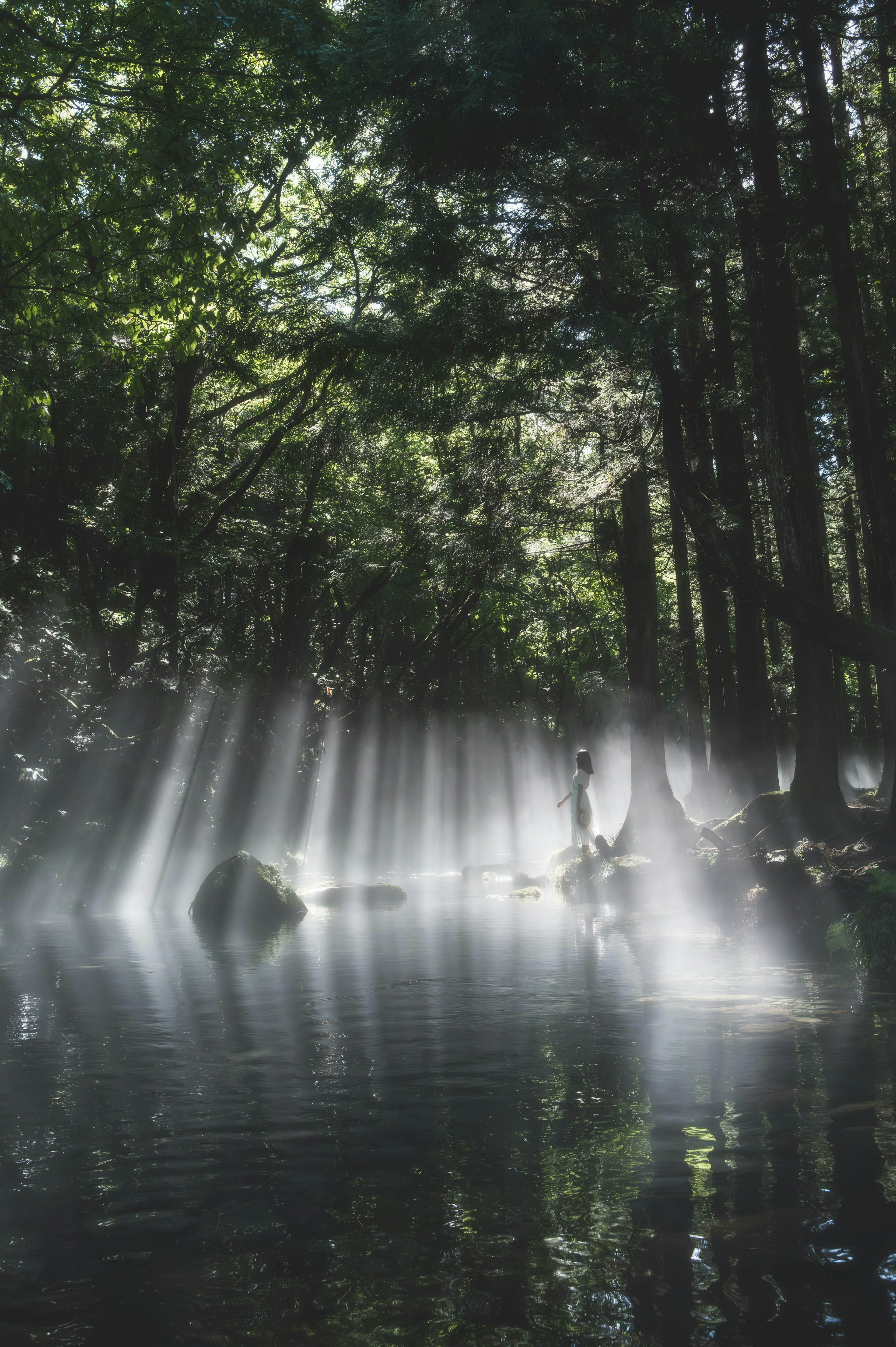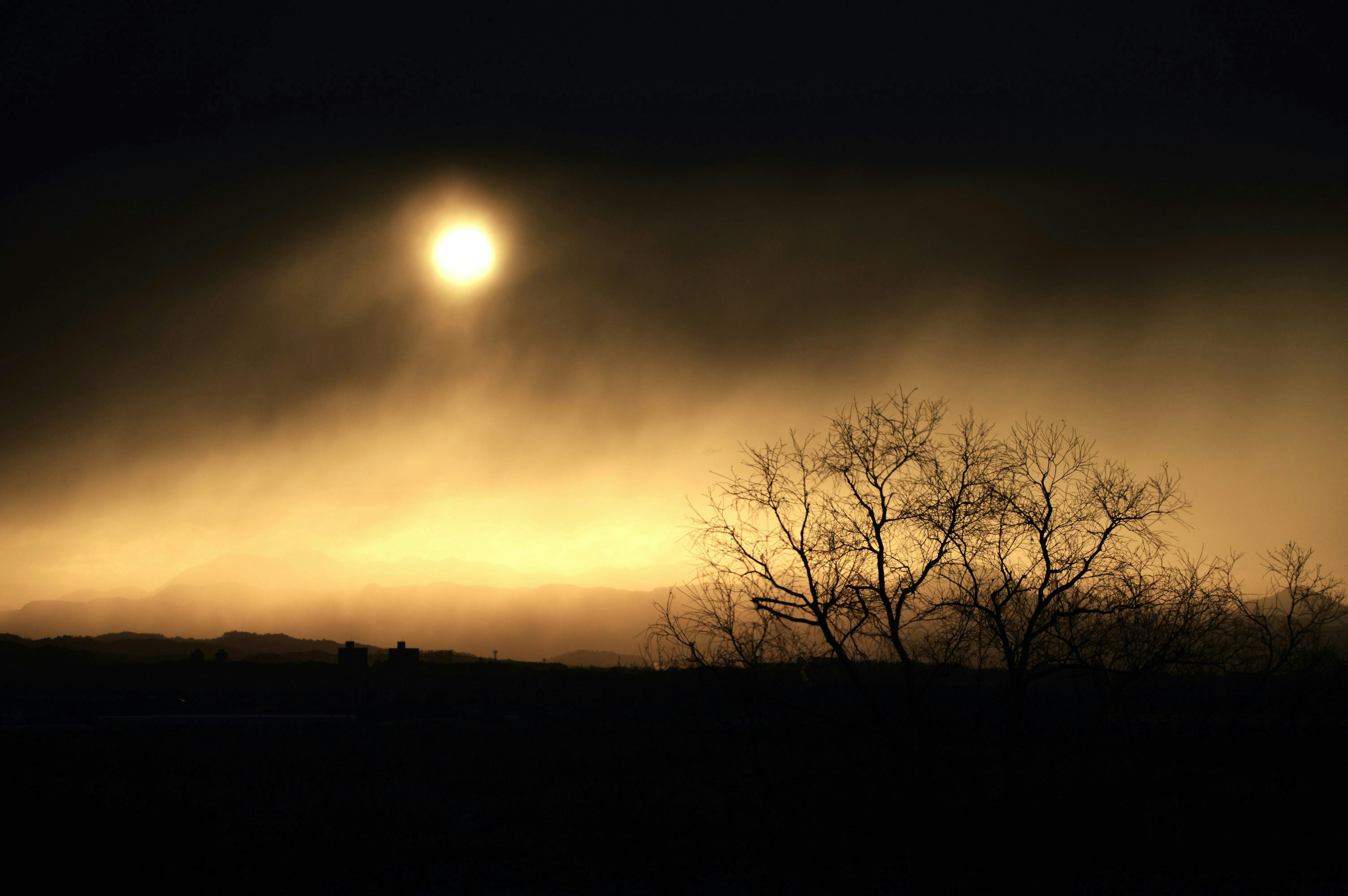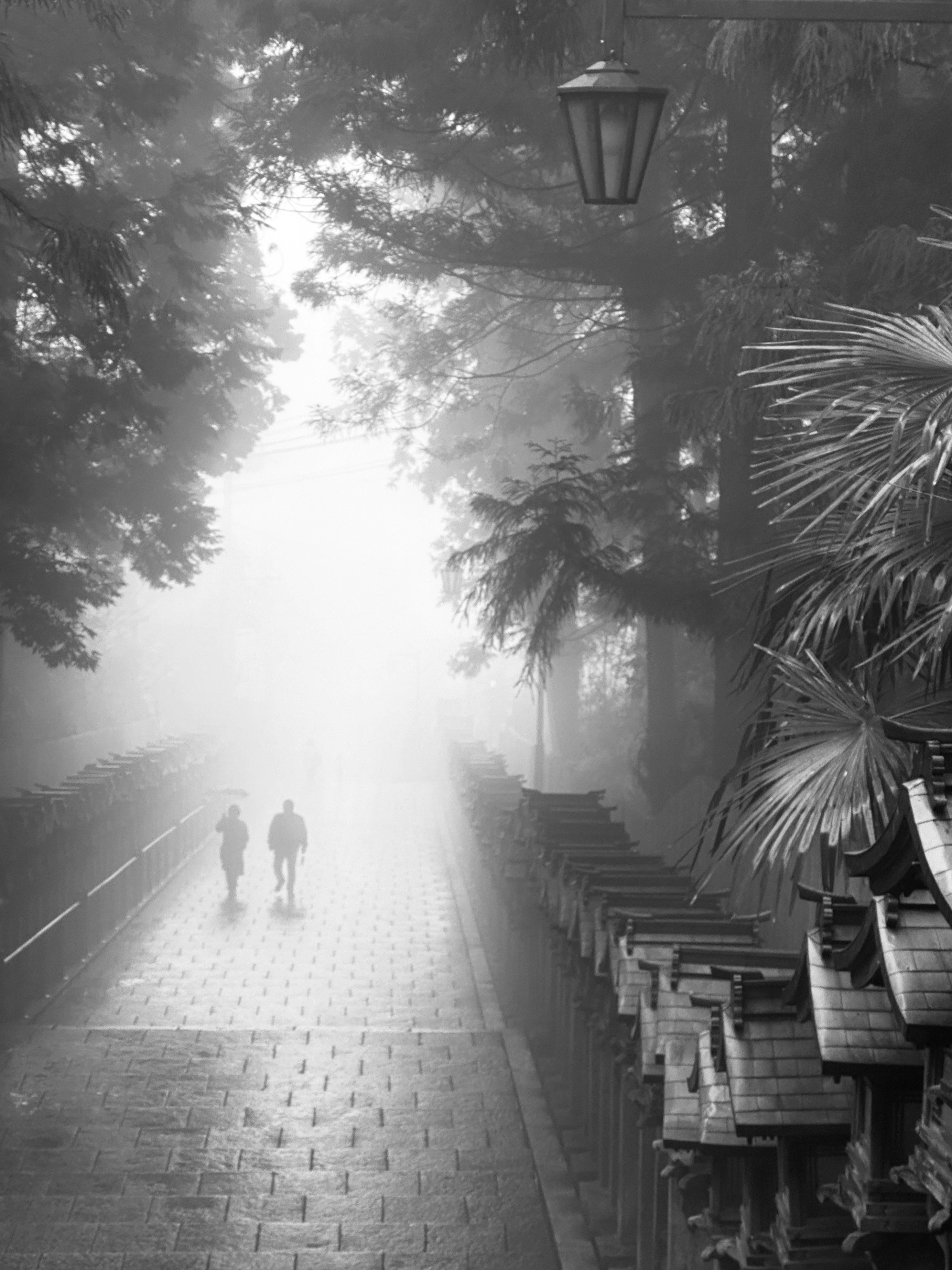
Cover photo by とくさん
Foggy landscapes exude an enchanting and mystical charm. However, capturing their beauty in photographs requires a keen understanding of key points.
This article explains how to use light, adjust shutter speed, and choose effective compositions to maximize the ethereal world of fog.
Utilizing Time and Lighting
In fog photography, the quality of light determines the mood of the photo. The golden hour (morning and evening) adds warmth to the fog and creates gentle contrasts. Meanwhile, after sunset, the spread of blue and pink hues can create a more mystical atmosphere.

Photo by Keyphoto
Using backlighting can make the fog glow and enhance its three-dimensionality. It's also effective to aim for silhouettes and rays of light by being mindful of the direction of light.
Changing Expression with Shutter Speed
The way you capture the flow of fog can significantly alter the impression of the photo. A short shutter speed (1/100 second or more) captures the texture and movement of the fog sharply, creating a dynamic atmosphere.

Photo by tamu1500
Conversely, long exposures (30 seconds or more) allow the fog to spread smoothly, enabling expressions akin to ethereal ink paintings. On windy days or when fog is flowing, using a tripod to prevent blur is key.
Creating Depth and a Mysterious Atmosphere
In fog, distant scenery appears hazy, making composition more important. Placing a subject in the foreground creates depth and adds a three-dimensional feel to the photo. Utilizing silhouettes of trees or buildings can create an enchanting narrative.

Photo by テラダラテ
Additionally, using a telephoto lens (100mm or more) can compress the layers of fog, creating a dense and mysterious atmosphere.
Fog photography becomes more captivating by balancing light, shutter speed, and composition. In your next shoot, keep these points in mind and capture your own enchanting world of fog.



